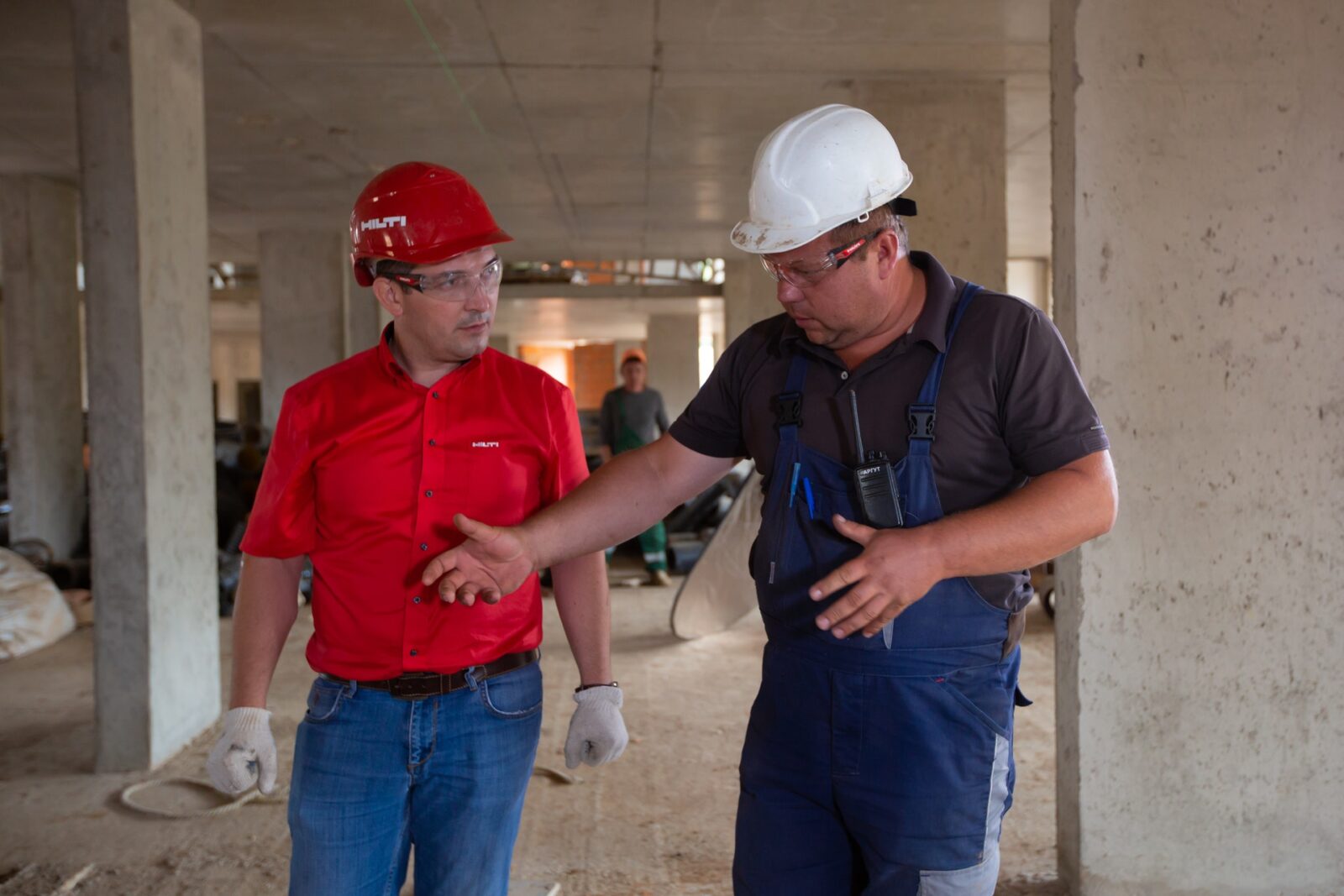Investors who don’t want to pay tax on a real estate property sale profit would see a 1031 exchange as a fantastic option. However, they must find replacement properties (one or more) with a total market value that exceeds or equals what’s being sold and use the cash generated from the existing property to invest in the replacement property.
Several real estate investors familiar with the 1031 exchange don’t know that build-to-suit exchanges can offer more flexibility to structure their transactions to meet the requirements.
Build-to-suit exchanges enable an investor to use the sale proceeds of a relinquished property to acquire replacement property and build improvements on the relinquished property.
For instance, if a real estate professional sells a relinquished property with a $1 million fair market value, $800,000 equity, and $200,000 debt, they must buy a property worth a minimum of $1 million and invest a minimum of $800,000 into the property.
However, a build-to-suit exchange will involve the investor acquiring $300,000 worth of property, borrowing an extra $200,000, and spending the remaining exchange proceeds of $500,000 plus the $200,000 loan funds for capital improvements on the property.
That would finish the cash and result in a tax-deferred exchange as the fair market value of that replacement property increases to $1 million. Read on to learn the process, benefits, and downsides of a build-to-suit exchange.
How to Use Exchange Funds to Improve Your Replacement Property
To complete a build-to-suit exchange, a holding entity known as an EAT (Exchange Accommodation Titleholder) will hold title (temporarily) to the property during the improvements.
The Exchange Accommodation Titleholder (EAT), a limited liability company, is owned by a QI (Qualified Intermediary). You’ll need an EAT because any improvements made on the property after the real estate investor gets the title will not increase the property value for exchange purposes.
Types of Build-to-suit Exchanges
Build-to-suit exchanges can take the form of:
- A deferred exchange involving the sale of the existing property before acquiring the new property
- A reverse exchange, which entails acquiring the new property first
Each case requires completing the entire transaction within a 180-day exchange period. We explain further below.
Deferred Build-to-suit Exchange
In this case, the qualified intermediary holds the sale proceeds of the relinquished property. The investor needs to identify a replacement property with a description of the structure to be built on it within 45 days. The EAT uses the exchange funds to acquire the property.
The investor will supervise the construction of all improvements and send invoices (periodic) to the EAT, who’ll pay using the exchange funds. The Exchange Accommodation Titleholder (EAT) will transfer the replacement property to the investor after the completed improvements, the 180-day expiry, or when the replacement property adds enough value for a full tax deferral.

Reverse Build-to-suit Exchange
In this 1031 exchange, the EAT uses funds from a lender or the investor to acquire the replacement property. As with a tax-deferred exchange, the real estate investor oversees the construction and sends the bills to the EAT, though the EAT will have to borrow money from the investor or the lender to settle the invoices.
The relinquished property will be sold, and the funds will be transferred to the qualified intermediary within the 180-day exchange period. If there’s still a need for more construction, the QI will keep using the exchange funds for the construction of improvements until the 180-day window elapses.
As with the tax-deferred build-to-suit, the EAT transfers the replacement property to the investor after the construction completion, after the 180 days elapses, or when the replacement property adds enough value for a full tax-deferral.
The Benefits and Downsides of a Build-to-suit Exchanges
The benefits of choosing an improvement exchange include the ability to fund construction using exchange funds (not loan proceeds) and the ability to purchase a property with a lower value than the relinquished property.
The main downside of choosing an improvement exchange is that you must complete the work within the exchange period to be effective on the exchange. It can be pretty challenging if it’s a large construction project, but improvements on existing structures or smaller projects are easy to accomplish within that time frame.
Also, build-to-suit 1031 exchanges are often more expensive than the regular deferred exchanges as the EAT takes title to the replacement property, resulting in an additional transfer.
Transfer taxes, escrow fees, and closing costs may be charged two times (the first is when Exchange Accommodation Titleholder takes the title, and the second is when the property is transferred to the taxpayer). Also, the construction loan may be more costly, and the exchange fees are usually higher.
What Happens If My Build-to-suit Exchange Fails?
It’s essential to know what will happen if an improvement exchange does not work out, though it rarely occurs.
Most holding contracts state that the EAT will transfer the property being held to you after the 180 days expires (it may not be the same in a reverse build-to-suit exchange).
There are no tax penalties for failing an improvement exchange — you’ll end up owning the replacement property with the new improvements.
Essential Tips and Reminders
- The IRS set the procedures to accomplish build-to-suit exchanges
- You might hear a build-to-suit exchange referred to as a “construction exchange” or an “improvement exchange.”
- Improvements must be on a standing structure (replacement property). If your contractor delivers building materials on the property, that alone doesn’t qualify as an improvement until it’s part of the (replacement property) standing structure.
- Investors can use the contractor of their choice if they’re not “disqualified” under regulations.
- The constructions on a replacement property must be consistent with the provisions stated in the purchase agreement.
- To achieve a fully tax-deferred exchange, an investor must trade equal or greater net sales or equity value.

Planning to Go for a Build-to-suit Exchange
If you’re looking to choose a build-to-suit exchange, having a plan is essential. First, you want to include in the replacement property contract that the agreement is assignable about a 1031 exchange.
It’s also essential to contact a lender and the EAT in the process, especially if you intend to borrow money for construction or to purchase the replacement property. Since the EAT holds the title, it will sign the loan papers, and the lender should be ready to cooperate in that 1031 exchange.
The EAT mustn’t have any personal liability for loan obligations. If it’s a limited or full-recourse loan, ensure to sign a guarantee.
Obtaining a correct estimate of how much time it’ll take to finish the contraction project is essential, as it will determine whether the property can get enough boost in value within the 180-day window to make the 1031 exchange worthwhile.
The construction doesn’t have to be complete after the 180 days elapses. However, the only improvements that’ll improve the replacement property value for exchange are those that you do until the day that the Exchange Accommodation Titleholder transfers the real property.
Final Thoughts
We hope you now understand everything about improvement exchanges after reading this guide. Ensure to consult with your tax advisor before choosing any 1031 exchange, especially an improvement exchange.
Using a competent Qualified Intermediary and 1031 exchange accommodator, such as Dwaine Clarke of NNN Deal Finder, and adequately structuring the build-to-suit exchange offers you much more flexibility to get the ideal properties and completely defer every capital gains tax.

